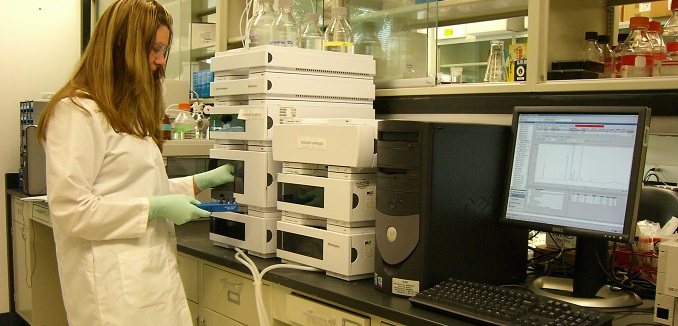Israeli chemist Yifat Miller and her PhD student Yoav Atsmon-Raz have found a critical link between Type 2 diabetes (T2D) and Parkinson’s disease (PD). Miller’s research at Ben-Gurion University (BGU) of the Negev in Beersheva revealed, for the first time, the atomic structure of a brain protein fragment called non-amyloid beta component (NAC), known to trigger PD when it clumps together. The same clumping action by an endocrine hormone called amylin harms insulin-producing beta cells in the pancreas, leading to T2D. Amylin is also found in the brain, and previous studies show that its clumping there, with the aid of the peptide amyloid beta, is related to Alzheimer’s disease (AD) and the death of neurons. Miller suspected that this mechanism explains why people with T2D face twice the normal risk of developing AD later in life. With these findings, she strongly suspected she was closing in on a groundbreaking key to understanding of the mechanism that underlies T2D and neurodegenerative diseases.
Miller’s second goal was to shed more light on Parkinson’s and other neurodegenerative diseases, as well as the reason why people with type 2 diabetes have a higher risk for developing PD and not only AD. Miller’s hypothesis was that amylin can also interact with NAC or alpha-synuclein. This study spanned nearly three years of research using sophisticated computer simulations. The findings were then confirmed through experiments.
Miller set up her lab in BGU in 2011 after three years of post-doctoral research on AD at the National Institutes of Health in Maryland. With her staff of four graduate students and one post-doctoral researcher, she focuses on the link between type 2 diabetes and neurodegenerative diseases. Miller’s lab may continue investigating this further. (via Israel21c)
[Photo: JW / WikiCommons]




